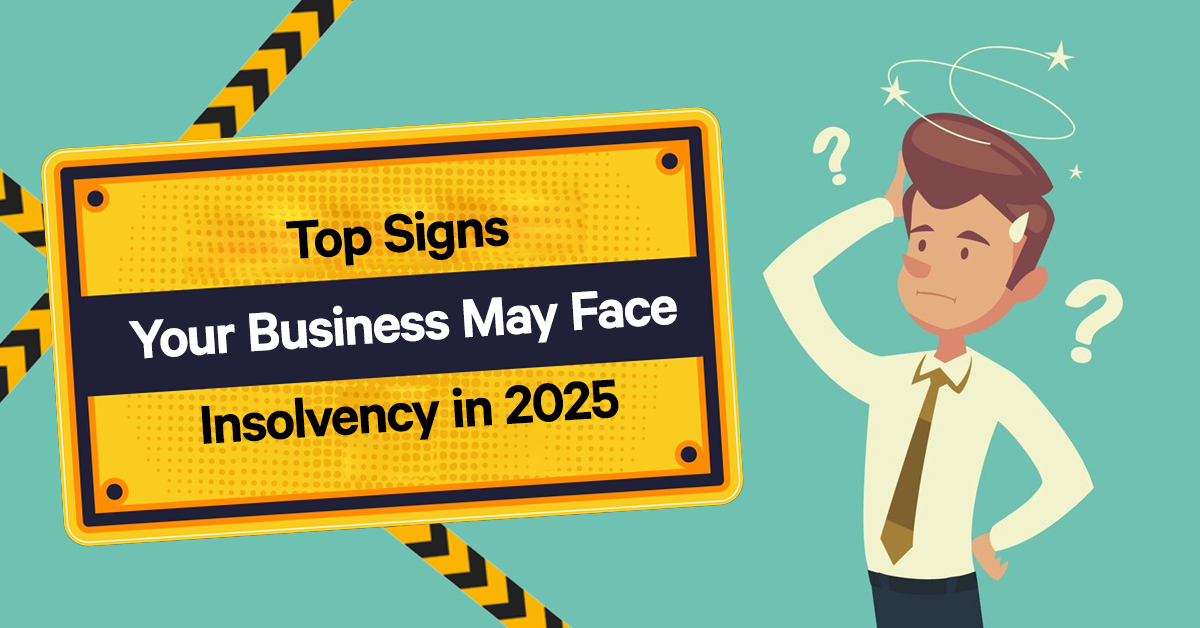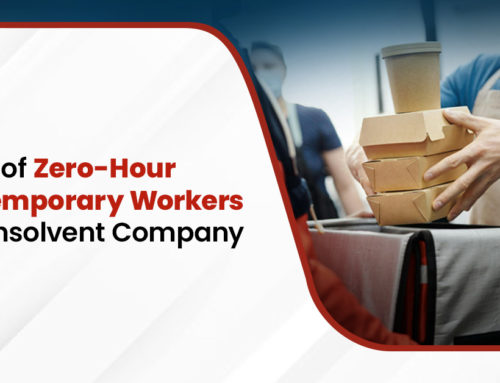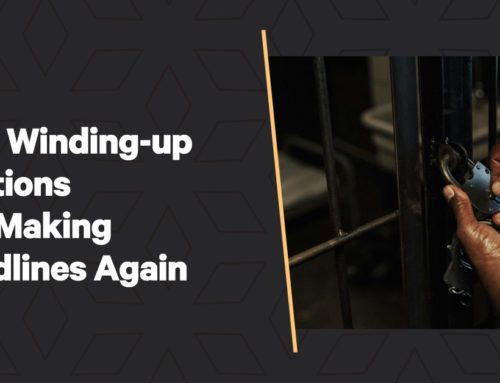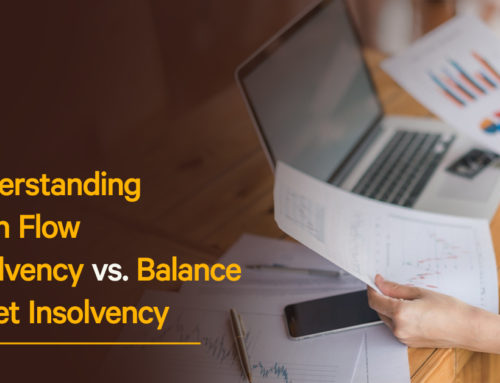Businesses across the UK face rising costs, supply chain disruptions, and fluctuating consumer demand. These are just a few factors that can lead to financial strain. For some businesses, these challenges may become too much, resulting in insolvency. Recognising the warning signs early can help you to be proactive in protecting your business. In this blog, we’ll explore the key indicators that your business may be heading towards insolvency in 2025 and what you can do about it.
1. Mounting cash flow issues
Cash flow is the lifeblood of any business. If your business struggles to pay suppliers and employees or service its debt it could be a significant warning sign. A cash flow crisis can develop for various reasons, such as delayed customer payments, increasing operational costs, or inefficient billing practices.
As we move into 2025, if your business faces consistent cash shortages and can’t generate enough cash to cover day-to-day operations, insolvency may be on the horizon. You must keep a close eye on your cash flow and assess whether you have enough liquidity to sustain your business.
If you’re experiencing these symptoms, it’s time to look at your financial position and seek professional advice before things escalate.
2. Increasing debt and financial obligations
Another critical sign that your business may face insolvency in 2025 is increasing debt and financial obligations. When you cannot repay loans or settle outstanding invoices, your business could be at risk of insolvency. A growing debt burden is a clear sign that the company is living beyond its means.
Businesses relying heavily on credit lines or borrowing excessively to stay afloat often face difficulties paying down debt as interest rates rise. This can become unsustainable and could ultimately lead to insolvency.
If your business struggles with debt and finds it increasingly difficult to meet financial obligations, it’s important to take action quickly. Insolvency proceedings, such as a Company Voluntary Arrangement (CVA), could be an option to consider if your company faces overwhelming debt.
3. Declining profitability
A steady decline in profitability is another red flag that insolvency in 2025 may be around the corner. If your revenue is consistently falling, and you can’t reduce costs or pivot your business model to improve the situation, insolvency could be on the cards.
Declining profitability could be due to factors such as loss of key customers, reduced sales, or increased competition. Even with good management, a persistent downward trend in profits may make it difficult to sustain your business over the long term.
If your business is experiencing a drop in profitability, it’s imperative to address the issue immediately. Getting advice from an insolvency practitioner can help you explore options to restructure your operations and improve your financial performance before things worsen.
4. Strained relationships with creditors
One of the clearest indicators that your business may be heading towards insolvency is a strained relationship with creditors. If creditors are becoming increasingly aggressive in their communications, such as threatening legal action or refusing to extend further credit, it could signal that they no longer believe your business can pay its debts.
When creditors begin to demand payments upfront or reduce credit terms, this can disrupt your business operations and further stress your cash flow. If you can’t reach agreements or settle your debts, your business could be at risk of formal insolvency proceedings.
It’s important to address creditor pressure by getting professional insolvency advice. There are often solutions, such as a Debt Restructuring Plan or CVA, that allow you to negotiate with creditors and protect your business from collapse.
5. Losing key employees or talent
Employees are the backbone of any business, and losing key team members can be a sign your business is struggling. If you can’t retain skilled or high-performing employees, it may suggest underlying financial difficulties are affecting morale, wages, or job security.
Many businesses are facing talent shortages and recruitment challenges. If you’re losing valuable staff members due to financial uncertainty or a lack of confidence in the future, it may be time to reassess your business’s position.
A loss of talent can directly affect your business performance and increase the risk of insolvency. Addressing underlying issues and seeking external support can help safeguard your workforce and business.
6. Declining market conditions and economic uncertainty
While businesses can’t always control external market conditions, understanding how broader economic factors can impact your business is important. In 2025 the UK economy will face challenges, including potential inflationary pressures, regulatory changes, and global economic shifts. These factors can directly impact your business operations and financial performance.
If your industry is facing an economic downturn or consumer demand is shrinking, it may become more difficult to be profitable. While some businesses can pivot during challenging times, others may face insolvency if they can’t adapt to the new environment.
Staying on top of market trends and adjusting your business strategy accordingly can help you overcome economic challenges. However, if external factors are beyond your control, getting advice from an insolvency expert could help you mitigate the impact and explore potential recovery strategies.
What to do if you spot these signs
If you recognise any of these warning signs, it’s important to get advice from an expert as soon as possible. An insolvency practitioner can help you understand your options, from negotiating with creditors to restructuring your debt or pursuing formal insolvency procedures.
At Leading Insolvency Practice, we specialise in guiding businesses through financial distress and insolvency. We can help you explore solutions such as CVAs, Administration, or Liquidation, depending on your situation.
Get in touch
If you’re concerned that your business may face insolvency in 2025, don’t wait for the situation to worsen. Contact us for expert advice on managing financial difficulties and protecting your business. Call us on 0800 246 1845 or email us at mail@leading.uk.com. Our experienced team is here to support you in challenging financial times and exploring the best solutions for your business.






